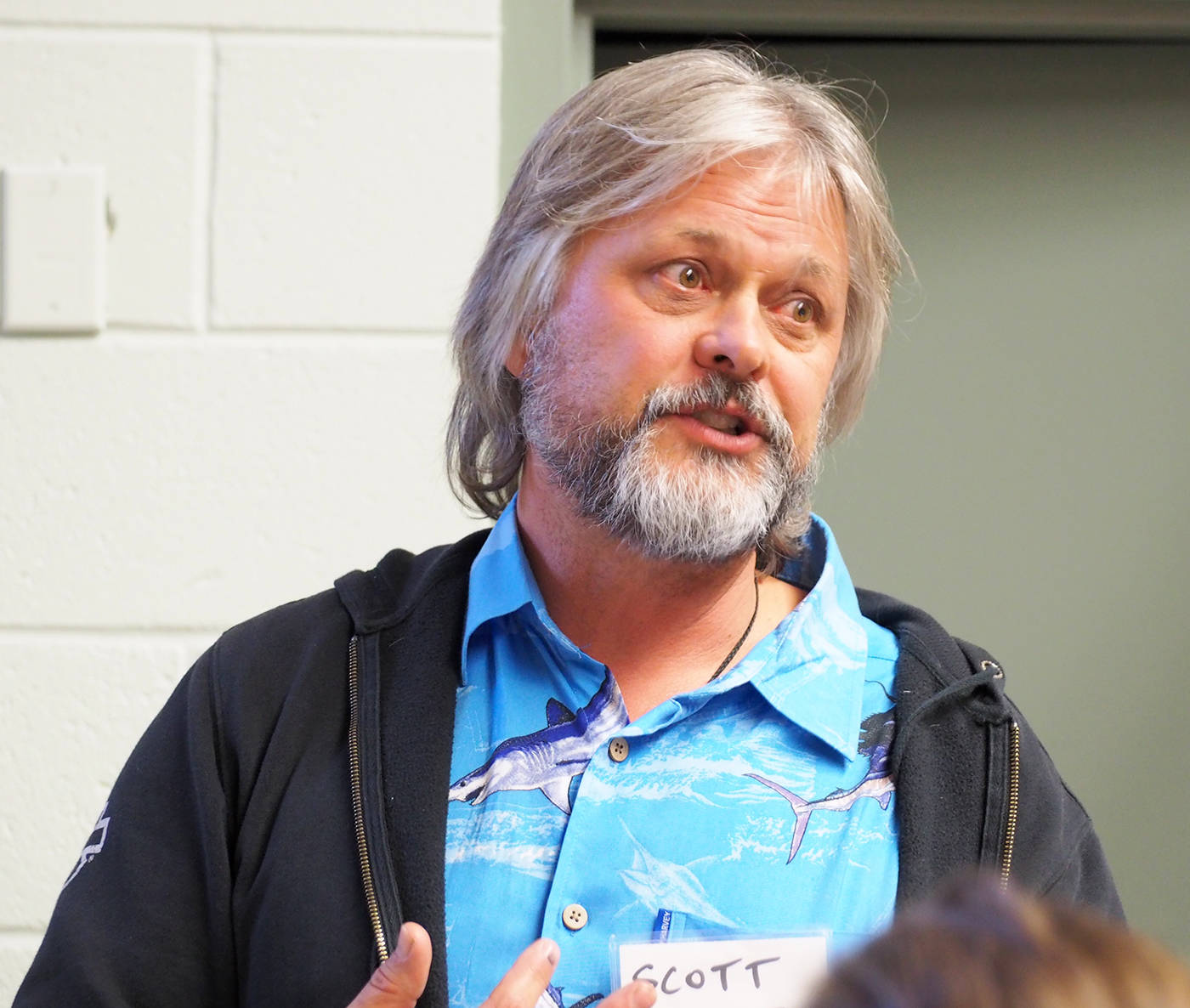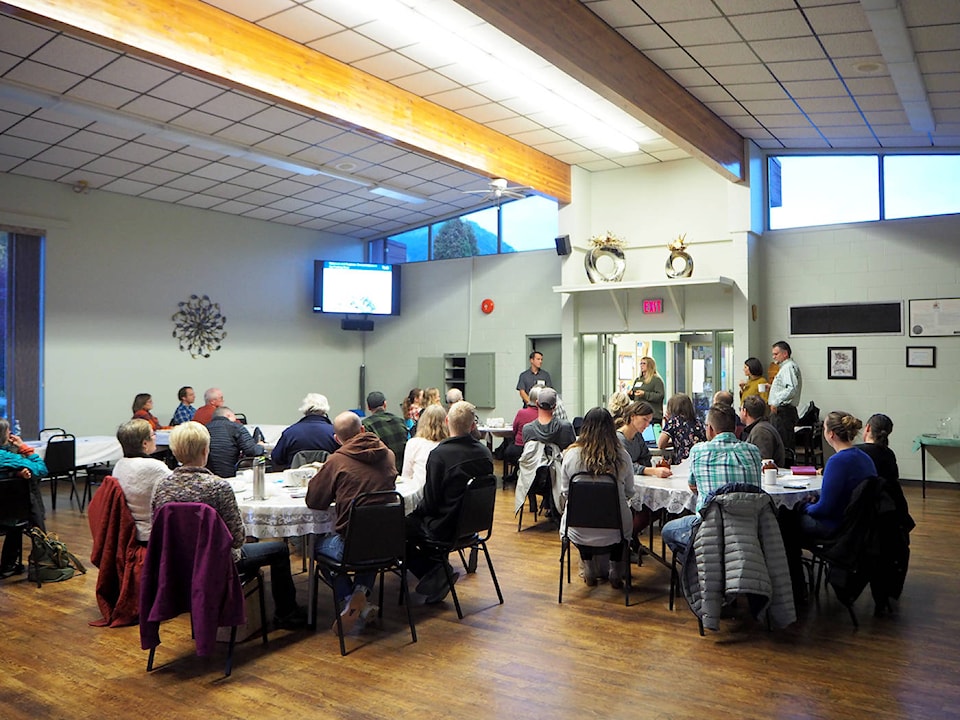Teck Coal is working towards reopening the Upper Fording River to anglers as it funnels millions of dollars into fish habitat management.
Since 2016, the mining company has spent approximately $10 million on projects in the Fording River watershed, where the Fording River and Greenhills coal mines are located, with some overspill from Line Creek Operations.
The Upper Fording is home to westslope cutthroat trout, a species of concern at both the provincial and federal level.
The Province closed the area to fishing in 2010 and it has been the focus of research and monitoring by consultant, Westslope Fisheries biologist Scott Cope, since 2012.
He presented in Fernie last month as part of a water quality series hosted by Teck.
Cope explained westslope cutthroat trout only exists in 20 per cent of its habitat and is in decline due to factors including hybridization with rainbow trout, competition with non-native fish, loss of habitat and historic over-harvesting.
Cope and his team spent three years intensively studying westslope cutthroat trout in the Upper Fording to better understand the status of the population and, in turn, make recommendations for management.
They used methods including literature reviews, population estimation and monitoring via snorkel surveys, and radio telemetry to track movement, distribution and habitat utilization.
The researchers found the population is “increasing to stable” with a healthy age structure and low frequency deformation (1.5 per cent or 25 fish).
Cope said the latter could be due to factors such as genetics or temperatures, or selenium, which is released during mining and in high concentrations can cause deformities in fish.
“It’s something we’re tracking,” he said.
The Upper Fording westslope cutthroat trout population is considered sustainable with a stable or increasing trend in abundance and juvenile recruitment.
However, densities are lower than reference populations and identified perceived threats suggest the population is not achieving full potential.
Cope attributed this to the cumulative impacts of mining operations over 40-plus years and natural limitations resulting from the isolated headwater, and tributary nature of the habitat.
“I’d recommend it stay closed,” he said.
As well as keeping the area closed to anglers, Cope and his team recommended rehabilitating areas that have been degraded.
“If so many fish are stocking in Henretta Lake, build more Henretta Lakes and that’s exactly what they’ve done,” he said.
Based on Cope’s research, Teck has identified key projects for restoring fish habitat and boosting westslope cutthroat trout numbers.
Fish Habitat Management Lead Lindsay Watson said seven projects have been completed with more planned for 2019 and 2020.
“The first one that we identified is there needs to be improved passage within the areas, so that would be looking at replacing culverts and putting in bridges, and also looking at barriers to fish habitat,” she said.
“We have this one weir that was installed that was a barrier to juvenile habitat, so what we ended up doing was back watering it, so they’re able to get up it easier.
“With that particular project, we have confirmed that it is working, juveniles are getting up there, which is great.”
Teck has also been looking at channel form and function, and what it can contribute to areas with little vegetation.
About 130 structures, such as trees with their roots intact, have been placed throughout 8km of river to provide fish habitat.
“What we’re also trying to do is decrease how wide the channel is but also give it a floodplain bench, which would mean that once it gets to a certain velocity and a certain flood level, it’s going to decrease its velocity and spill out onto the floodplain essentially,” said Watson.
“What that will do is dissipate the energy, so it’s not coming down with such a force that it’s going to cause damage to the river, so basically trying to provide the channel form and function back into the stream so it’s not just a flat place that fish aren’t going to want to hang out.”
Watson said Teck’s goal is to restore areas degraded by mining and the 2013 flood, and to have the fishery eventually reopened.
“We’re not necessarily causing impact directly to the Upper Fording River but we are influencing it in terms of how we put our road structures it, just like any other company that would put roads in somewhere,” she said.
“But the river is degraded and so us going in and putting in our structure to be able to make it so it’s not degraded is essentially what we’re doing.”
EDITOR’S NOTE: In the October 11 edition of The Free Press, Scott Cope was wrongly described as a Department of Fisheries biologist. Cope is the proprieter of Westslope Fisheries, a privately held company in Cranbrook.

